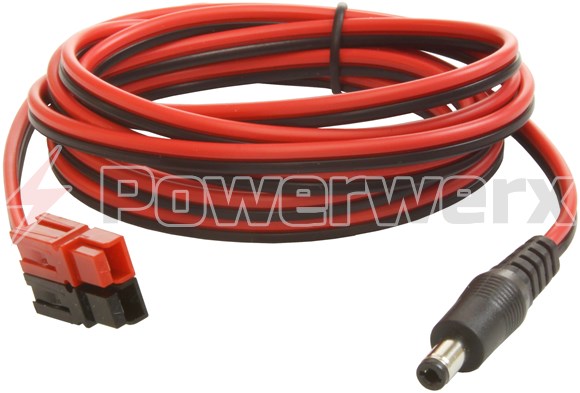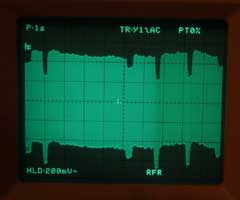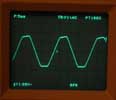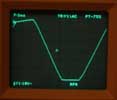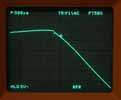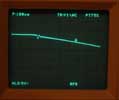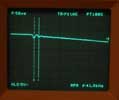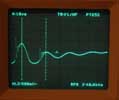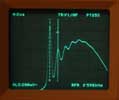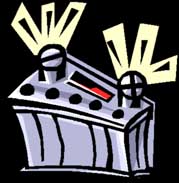Christer
Headphoneus Supremus
- Joined
- Nov 23, 2015
- Posts
- 1,943
- Likes
- 1,962
Yes a car battery is the best possible PSU - huge dynamic current, ultra low impedance and no noise. But the real benefit is batteries, and isolation from the mains, so a car battery is not needed; just use a USB power bank.
TT2 doesn't benefit from it anyway, because of the super caps and the filtering; disconnecting the PSU has no change in measurements or sound quality. The M scaler is helped by using a battery, as it eliminates the 2GHz ground return currents, solving at a stroke the BNC cabling issue.
Thanks, "straight from the horse's mouth" I haven't followed this thread closely for quite a while and may have missed similar statements in earlier posts from you.
But this post as I understand it, confirms what I have easily and CLEARLY heard since day ONE comparing the stock psu of my Qutest with the battery powered usb supply I also have.
With the usb battery psu I hear a calmer, warmer,fuller, timbrally more accurate and simply more realistic and detailed SQ than with the supplied wallwart psu that came with my Qutest.
At home I only use my Qutest in combination with my Mscaler and with Wave Storm BNC cables.
But during my only one month tropical escape from the dark and wet and horrible winter in Sweden in February /March I did not bring my Storm BNC cables and instead only used the stock BNC that came with my Mscaler and the difference was MUCH more obvious than expected.
I have to say that without the Storm or Stream BNC SQ via Qutest/HMs was not nearly as satisfying as I am used to at home.
I would go as far as saying instead of only "the surface of the icing on the cake" the ice had irritating wholes in it with the stock BNC in Thailand.
Yes it was bit hot in the tropics as expected.
But I am reading your message above as saying that all I would have had to do would have been to use a powerbank with my HMs instead of these very expensive BNC cables to achieve the SQ I have come to expect from my Q/HMs combo?
Or even better?
Aren't you now also stating that to perform optimally the Mscaler also needs to be removed from the mains????
And if that is the case, why is it then supplied and sold with a psu that sends "2GHZ ground return currents" back into it?
Is the much debated and at least for me easily heard BNC stock cable problem completely or only partly solved, simply by isolating the HMS from the mains?
The only problem I have with the battery powered usb supply I am currently using with my Qutest is that it runs out of juice after three-four hours and has to be re-charged every day. And I also often forget to unplug it only to realize that when I want to listen again it is dead.
I would like to have at least a day of listening without having to think of re-charging or having to plug in the imho not so good supplied psu in the middle of my music listening when I least expect it.
How long would the HMS run on a good quality car battery or a good suitable powerbank?
And how does one connect the HMS to a car battery if that is the solution that would let me forget about charging for the longest period of time possible?
Do you have any suggestions of good brands and types of car battery to use?
PS I am also still waiting for your updated advice on which power bank to use with HMS since the one you originally suggested has been out of stock new for a couple of years.
Eagerly awaiting a SOTA portable battery-powered digital headphone amp that effortlessly drives even power hungry beasts like Susvara and most importantly also works directly without the need of a dac in between, with HMS from you sooner rather than later.
Cheers CC
Last edited:



























